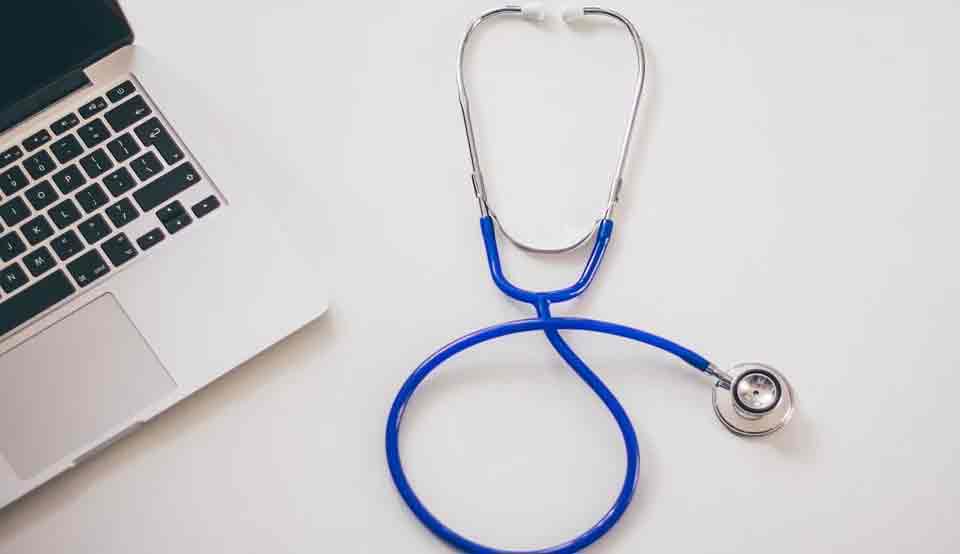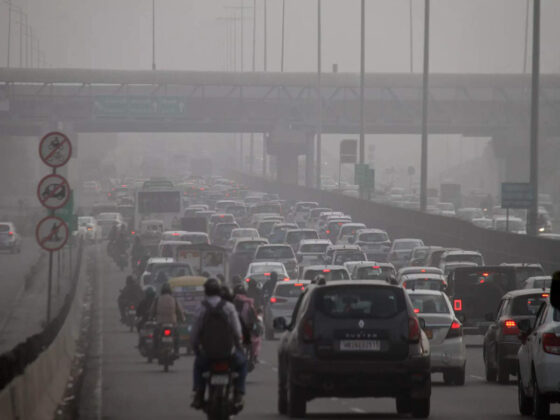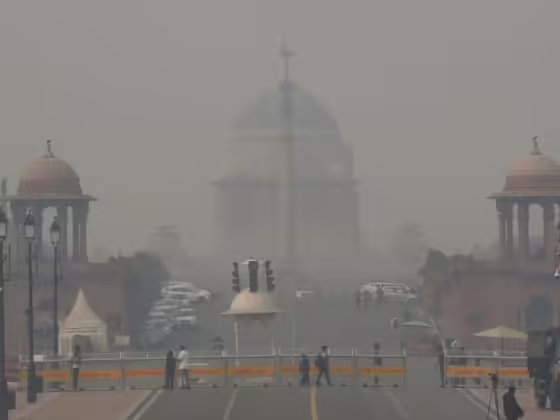FM Nirmala Sitharaman is proposing the first paperless union budget, which has been called one of the most important budgets in recent times.
In her speech on the Union budget 2021-22, FM Nirmala Sitharaman declared steps under the Aatmanirbhar package.
Focus on 6 pillars, which include – Health & Well-being, Inclusive Development, Human Capital, Innovation and R&D. FM added that the govt is fully prepared to support and facilitate economic growth and they are introducing Aatmanirbhar Swastha Bharat Yojana with an outlay of Rs 64,180 crore. FM said that today India has two vaccines available and has begun safeguarding not only her own citizens against COVID-19 but also those of 100 or more countries. It has added comfort to know that two more vaccines are also expected soon.
The healthcare allocation in this budget was substantially increased, FM Nirmala Sitharaman announced today during the presentation of the budget. The focus areas will be both preventive and curative healthcare and well-being, she said.
It is likely that the allocation will be around Rs 2,23,846 crore, a 137 per cent increase from the previous budget. It will establish 12 central institutions. It will connect all public health labs. It will set up 15 health emergency operation centres and 4 national virology institutes.
Mission Poshan 2.0 has been announced. Urban Swachh Mission 2.0 has also been announced. All of India’s 4,378 urban local authorities will receive universal water supplies.
A voluntary vehicle scrapping policy will be announced, under which vehicles will undergo 20 years of personal vehicle fitness testing and 15 years of commercial fitness testing.
As the country of 1.3 billion people struggled to cope with the pandemic, Coronavirus placed the state of India’s healthcare system front and centre, exposing all the cracks. India’s healthcare spending has so far been a meagre 1.3 per cent of GDP, well below BRICS peers and advanced nations, even after decades of high growth.
Though integral to the country’s fight against Covid-19, schemes such as Ayushman Bharat and Pradhan Mantri Jan Arogya Yojana (PMJAY) have remained severely underfunded.
Policies to standardize the cost of hospitalization for Covid-19 treatment, rationalize hospital GST structure and increase export incentives to boost exports of formulations and finished dosages have all taken prime spots on the priority lists of the government.
On January 16, India launched the world’s largest vaccination program, using two vaccines – Covishield and Covaxin. Even if 50 per cent of the Indian population is to be vaccinated by the government at a negotiated price, the Covid vaccine cost will be Rs 27,000 crore, according to rating agency ICRA, which in itself required a 40 per cent jump in healthcare allocation.
The Economic Survey on Friday was aimed at increasing public spending on healthcare services from 1% to 2.5-3% of GDP, reducing pocket expenditure (OOPE) from the current level of 65% to 35%.










